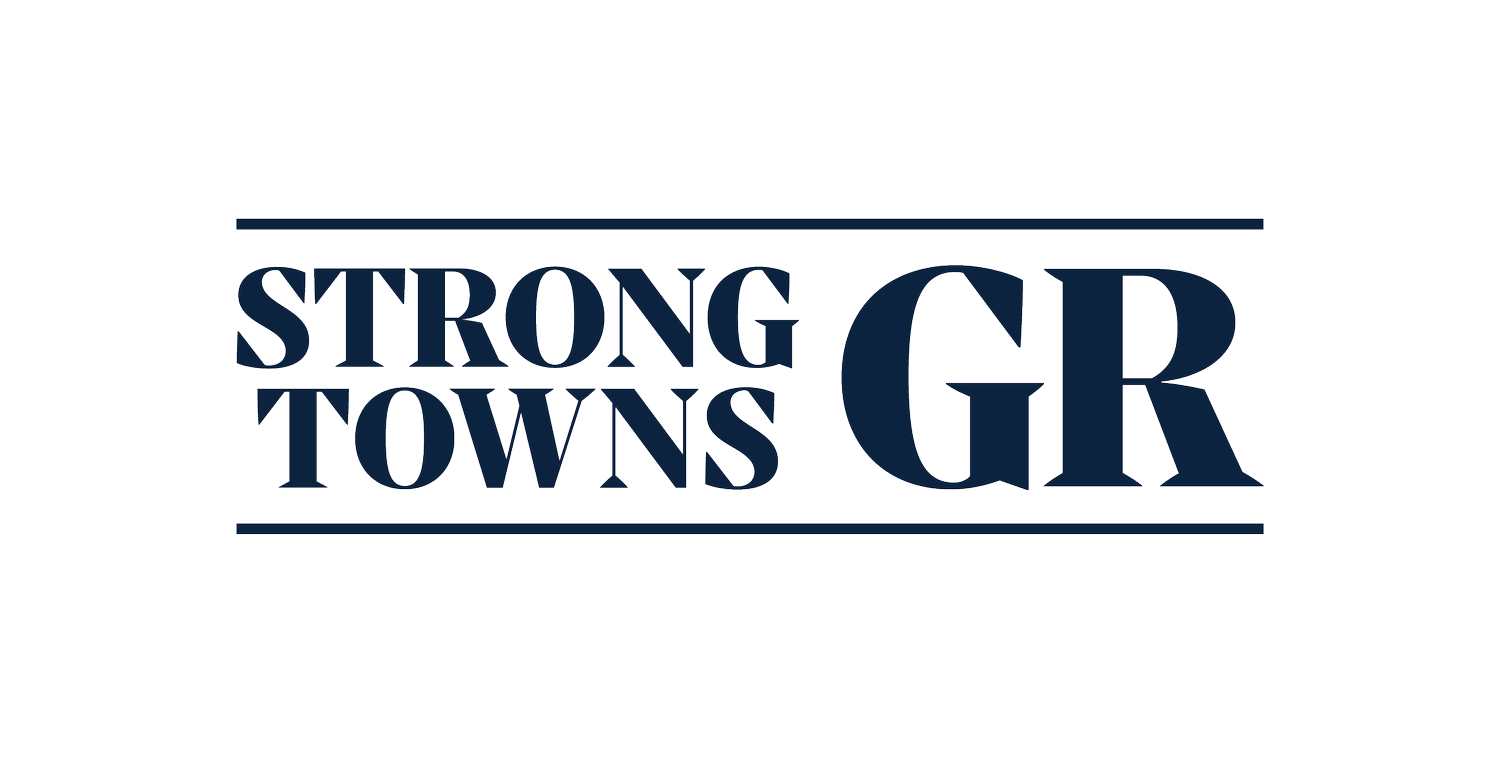CNU: Highways To Boulevards
Congress for New Urbanism has the opened applications for the Freeways Without Futures for 2025. We would like to nominate US 131 which runs thru Grand Rapids.
US 131 Northbound at Hall Street.
What is the Highways to Boulevard movement?
The Highways to Boulevards movement offers a way for people who live near highways to repair, rebuild, and reknit their communities. It seeks to articulate community visions for neighborhoods without freeways, transforming broken liabilities and righting historical wrongs. Informed by these visions, communities may replace freeways with city streets, parks and green spaces, homes and apartments, stores and shops, and public services and amenities, built within their current rights-of-way.
Highways to Boulevards conversions increase access to human needs and allow for the creation of community-driven neighborhoods. To date, fifteen Highways to Boulevards projects that are either complete or currently underway have demonstrated the benefits of the movement. Although these projects vary in magnitude and scope, they have produced largely similar positive outcomes in four key areas: public realm, health and environment, connectivity, and economic development. - CNU
Current Steps
Currently the people of Grand Rapids are waiting on the results from the 2023 US 131 PEL Study and the presented draft results that have had public comment on. Once we have another round of input the goal is to push for options that lead themselves to getting US 131 to better facilitate local traffic better with the creation of a boulevard and encourage thru traffic to take a bypass route. This could be a combination of methods over the years to reduce the impact of US 131 as the road ages and requires sections to be rebuilt.
How Grand Rapids Got Here
The 60’s social experiment of urban highway development has historically harmed downtowns and urban neighborhoods and imposed disproportionately high negative health, social, environmental, and economic costs on disadvantaged communities. The practice has been called ‘redlining’, mapped the current path of US-131 through Grand Rapids. This has caused the neighborhoods that surround the highway to only further be harmed in addition to the actual destruction that happened over 64 years ago.
The residents of Grand Rapids that live near and around the highway continue to bear the burden of convenience for those that do not live in the city with real, documented health, social, environmental and economic costs. Air pollution has been documented to be made worse with proximity to a highway up to a 1/3rd of a mile way. Noise and vibration pollution also affect the people that live closest to the highway. People do live close enough to the highway that immediate results of large objects moving by at speed cause the lived in environment to change with traffic. Highways work best when they are used to traverse large swaths of open land. Within the urban landscape, the highway imposes itself.
The Grand River is Grand Rapid’s main natural feature, bisects the city from north to south, which is the main feature that most cross road interact with besides the highway. Comparing the interaction of the highway with the river results in two different ways to adapt to the urban environment. The surface streets that are forced to interact with US 131 are often the least friendly paths to cross the Grand as a result of the built environment that an elevated highway creates. The urban highway devalues civic amenities that are located alongside the Downtown Market, the soon to be built Amphitheater and future Soccer Stadium.
Currently the Michigan Department of Transportation does not have the funds to perform the necessary rehabilitation and reconstruction of sections of US 131. The driving conditions have noticeably deteriorated since 2020. In 2023 MDOT finished collecting input on the US 131 Planning and Environmental Linkages Study. With this study local activists have pushed for a “Full Fair Study of All Alternatives” which would explore all options specifically a boulevard to replace the aging infrastructure that is US 131.
The Vision
A visual of the current state of US 131 in Grand Rapids and a Vision of a boulevard US 131.
This is the opportunity to repair sections of Grand Rapids that have lagged behind the rest of the city due to the nature of having been used for convenience over quality. People love living in Grand Rapids and desire to have a leading city in all metrics that affect the quality of life, this includes all people that live in Grand Rapids that are affected by US 131.

